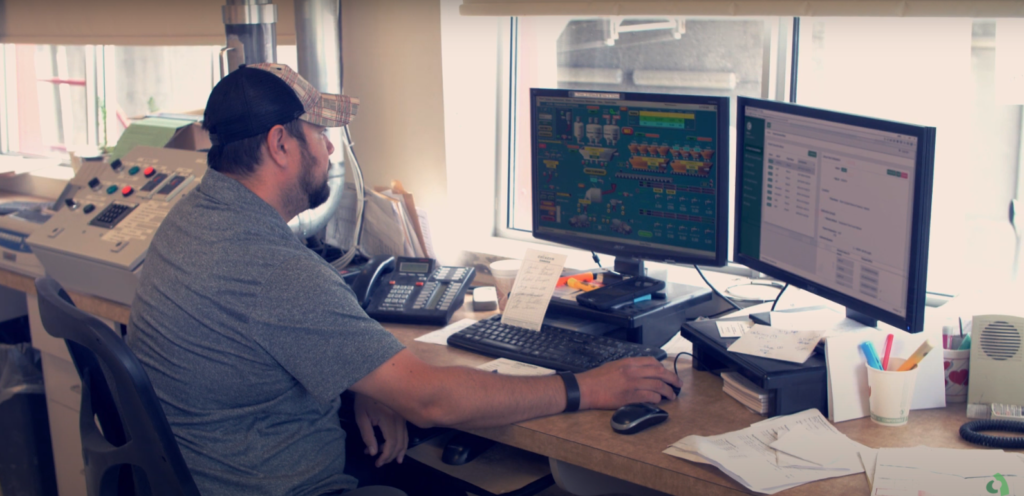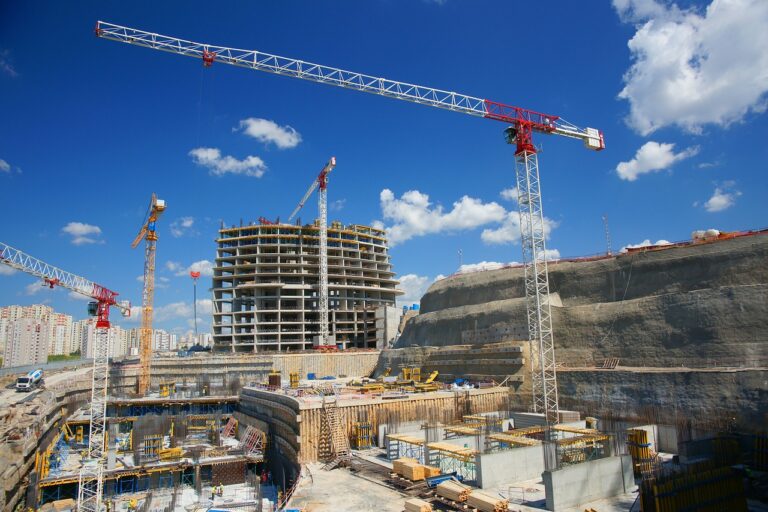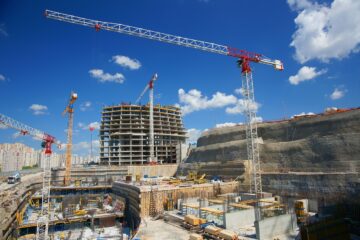Designing a complete plan when pouring concrete is a strenuous task for project managers and engineers on record. The planning, testing, and maintenance of a concrete project largely depend on its scale, technical requirements, and location. If all the parts have been carefully planned and prepared, contractors will be able to deliver safe and durable structures. Luckily, tackling complex projects can sail smoothly with all the knowledge available in the concrete industry. In this blog, we will review the basics of concrete pour management, its benefits, and the technological advances available in the market to maximize your concrete performance.
Explore 12 Futuristic Technology Trends Solving Concrete's Biggest Challenges.
Basic Steps for a Successful Concrete Pour
Before looking into the benefits of proper concrete pour management, let’s review some of the basics of placing concrete:
- Preparations: Clearing the site of any debris and excavating the area to the required depth. If the concrete project requires formwork or concrete forms, it must be properly fixed and treated with shuttering oil and water.
- Reinforcement: Installing necessary reinforcement to add strength, such as steel bars or wire mesh.
- Walkways or Platforms: Arranging platforms to support pipelines and manpower.
- Mixing Concrete: Mixing the concrete according to the recommended ratio of cement, aggregate (such as sand and gravel), and water. If using Ready-Mix, concrete should undergo the slump test and discharge within 90 minutes of batching.
- Pouring or Placement: Placing concrete into the prepared forms following different techniques according to the type of project. In this step, concrete specimens are taken for any strength tests.
- Consolidation: Consolidating the concrete is important to remove air voids and ensure proper compaction by using concrete vibrators or long-handled tamping tools.
- Surface Finishing: Using a power float to smooth and level the concrete and a trowel to create the desired texture or finish.
- Curing: Ensuring proper curing involves water, covering sheets, burlap, or a curing compound. It is important to follow the recommended curing time before subjecting the concrete to any loads or stresses to prevent cracking and enhance its strength and durability.
- Testing: Determining temperature and strength with monitoring sensors or break tests to ensure the structure quality.
- Reporting: Completing a pour report and lab confirmation of concrete strength, including weekly reports, certified ready-mix reports, etc.

A Good Concrete Pour Management Plan Greatly Contributes to Your Project!
Efficient Planning and Scheduling
Project managers can create detailed schedules, allocate resources, and set milestones. This helps avoid conflicts and ensures that the concrete pouring process is well-coordinated with other construction activities.
Proper Allocation of Resources
Having an optimal design helps you track the availability and usage of concrete mixtures, aggregates, additives, and other materials required for pouring. With accurate monitoring of your inventory, you can prevent shortages or excessive ordering which reduces waste and costs.
Time and Cost Optimization
A good concrete pour management plan allows project managers to optimize the sequencing of pours. In turn, this minimizes downtime and maximizes productivity. It is much easier to determine the optimal number of workers, equipment, and materials needed for each pour. By improving efficiency and reducing delays, the software helps control costs and ensures timely project completion.
Real-time Monitoring and Reporting
With the help of a proper plan, you can determine what kind of concrete testing would best fit your project. For example, break tests, concrete sensors, thermocouples, etc. Furthermore, new technologies like wireless concrete sensors can monitor concrete in real-time. This helps you track the curing progress with data on temperature, strength, and more. This information enables project managers to make informed decisions, identify potential issues, and address them promptly.
Read more about monitoring concrete temperature with wireless sensors here.
Collaboration and Communication
Access to real-time data facilitates collaboration among various stakeholders involved in the concrete pouring process. Likewise, project managers, site supervisors, suppliers, and field workers can communicate effectively, and exchange information to improve coordination and enhance the overall concrete project efficiency.
Quality Control
A concrete pour management plan helps maintain quality standards throughout the pouring process. It allows for accurate measurement of concrete mix proportions, slump tests, and other quality control parameters. When you ensure that the right specifications are met, you minimize the risk of structural issues, assure durability, and reduce the need for rework.
Optimizing Concrete Pours With SmartMix™ and Giatec 360™
The concrete industry market currently offers a limited selection of concrete management software and tools. However, the continuous efforts in research and development at Giatec have resulted in innovative concrete testing solutions such as SmartMix and Giatec 360.
SmartMix is a mix management software that enables producers to optimize concrete mix designs while analyzing performance. to reduce cement usage and the resulting CO2 footprint. Additionally, SmartMix uses a plug-n-play for management and automated reporting, which gives all interested parties full visibility into mix proportions, quality control, and material supply.
Giatec 360 is a cloud-based dashboard for monitoring concrete pours with next-level features for data analytics, reporting, and user management capabilities. Its newest feature, Thermal Modeling is designed to help mass concrete users experiment with different inputs and produce forecast scenarios to anticipate concrete behavior at various depths. Learn more about the advantages of Giatec 360 here.
All in all, it is important to remember that giving careful consideration to concrete pour management will facilitate the optimal streamline of the construction process. Using available software and tools are some of the best ways to guarantee safe and sound structures.










